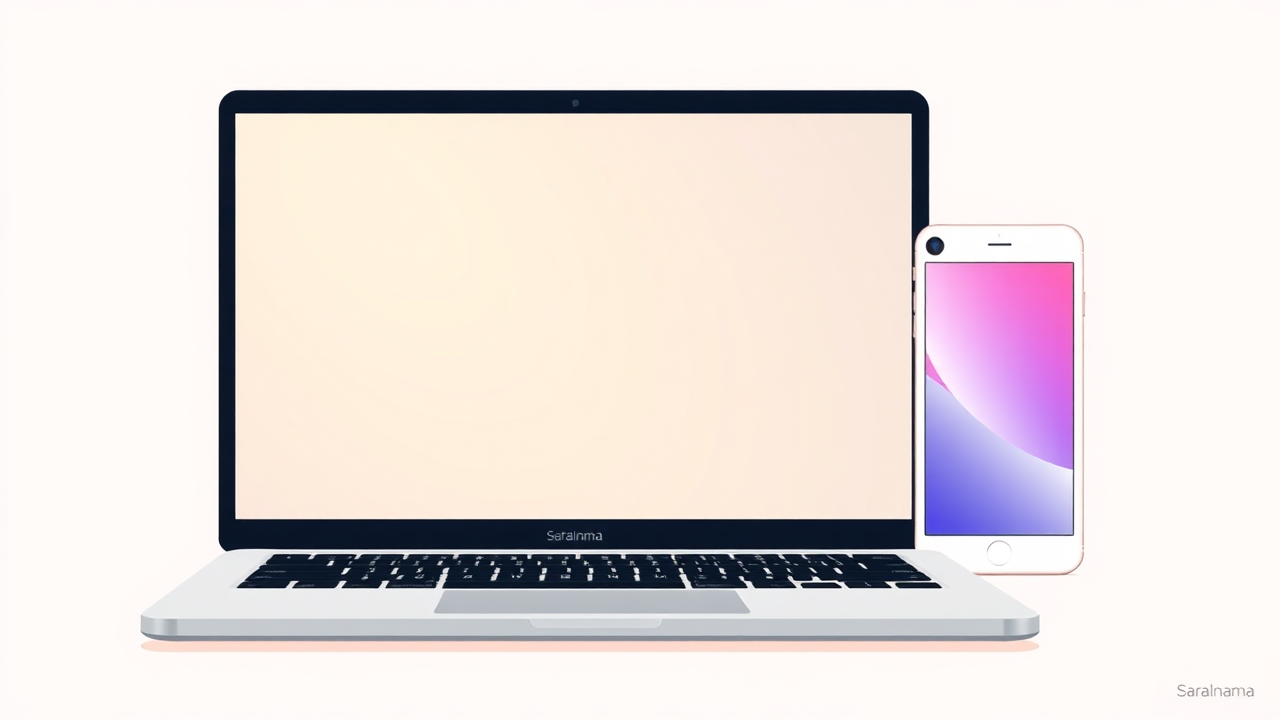Apple is planning a major display upgrade across its MacBook Air, iPad Mini, and iPad Air product lines. The company aims to introduce OLED screens in its upcoming devices, potentially increasing prices and enhancing visual quality. The transition will happen gradually, with different product lines getting upgrades at different times.

iPad Mini to Lead OLED Display Revolution
The iPad Mini is set to become the first Apple device to feature an OLED display in the upcoming lineup. Sources suggest this model, internally code-named J510, could launch as early as next year. The new display technology promises improved color reproduction and deeper contrast compared to current LCD screens. Apple is expected to introduce this upgrade with a potential price increase of around $100, reflecting the premium screen technology. Additionally, the iPad Mini might also receive a water-resistant design, similar to iPhone models, which would eliminate traditional speaker holes and use advanced vibration-related technology for sound projection.
iPad Air's Display Strategy and Future Plans
The iPad Air, expected to launch in spring, will continue to use an LCD panel for now. Apple's long-term strategy involves transitioning this product line to OLED screens, but it will be the last in the current tablet lineup to make this shift. The company is carefully planning its display technology rollout, ensuring each product line receives upgrades strategically. While the iPad Pro already features an OLED display since May 2024, the iPad Air will take a more gradual approach to adopting the new screen technology.
MacBook Pro's OLED Display Development
Apple is actively developing an OLED-equipped MacBook Pro, which will be the first Mac to feature this advanced display technology. The company has begun early development stages for an OLED MacBook Air, though this specific model is not expected to launch until 2028. In the meantime, Apple plans to refresh the current MacBook Air with an M5 chip in spring 2026, maintaining its existing LCD screen. This measured approach demonstrates Apple's commitment to carefully introducing new display technologies across its product range.
Technology Upgrade Implications
The transition to OLED displays represents a significant technological advancement for Apple's product lineup. OLED screens offer superior visual quality with better color accuracy, deeper blacks, and more energy-efficient performance compared to traditional LCD panels. By introducing these displays gradually across different product lines, Apple is managing both technological innovation and manufacturing complexity. The potential price increases reflect the premium nature of OLED technology and the enhanced visual experience it provides to consumers.
Market Positioning and Consumer Expectations
Apple's strategic approach to display upgrades signals the company's continued focus on premium user experience. By introducing OLED screens incrementally, they are creating anticipation and maintaining a sense of technological progression. The gradual rollout allows Apple to manage production challenges, control costs, and create marketing excitement around each new product release. Consumers can expect increasingly sophisticated display technologies across Apple's device ecosystem in the coming years.
Design and Manufacturing Considerations
Implementing OLED displays involves complex manufacturing processes and significant research and development investments. Apple is likely working closely with display manufacturers to ensure high-quality production and consistent performance. The potential water-resistant design for the iPad Mini demonstrates the company's commitment to not just improving display technology but also enhancing overall device durability and functionality. These considerations show Apple's holistic approach to product development.
Competitive Landscape and Technology Trends
The move towards OLED displays reflects broader trends in the consumer electronics market, where display quality has become a key differentiator. By investing in advanced screen technology, Apple is positioning itself at the forefront of visual innovation. Competitors will likely be closely watching these developments and may accelerate their own display technology roadmaps in response. The OLED transition represents more than just a screen upgrade—it's a strategic technological evolution.
Long-Term Product Strategy Insights
Apple's planned OLED display rollout reveals a carefully orchestrated long-term product strategy. By spacing out technological upgrades across different product lines, the company maintains consumer interest and creates sustainable upgrade paths. The approach balances innovation with practical considerations of cost, manufacturing complexity, and market readiness. Consumers can expect continued incremental improvements in device technology, with display quality being a key focus area for future Apple products.
Source: Link
